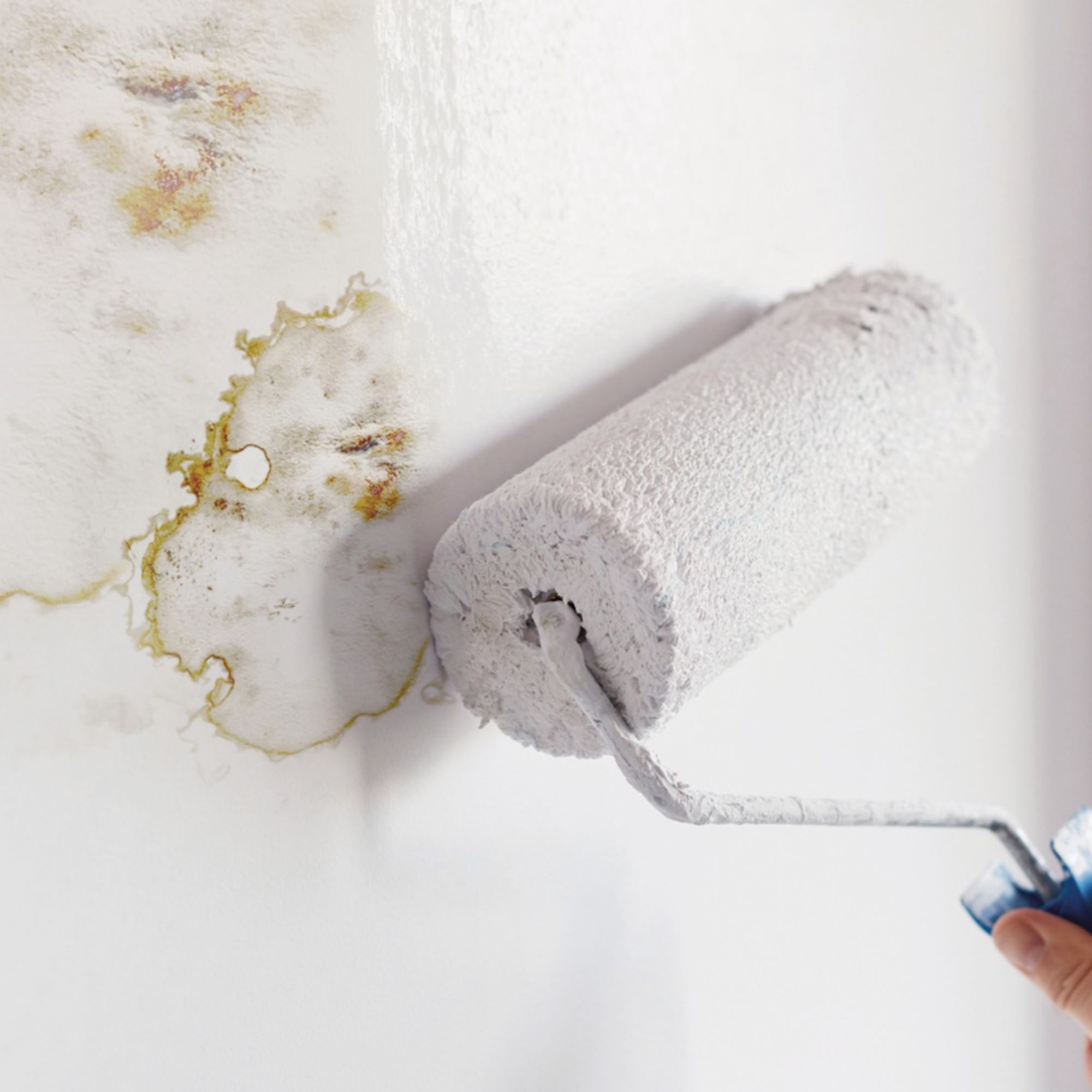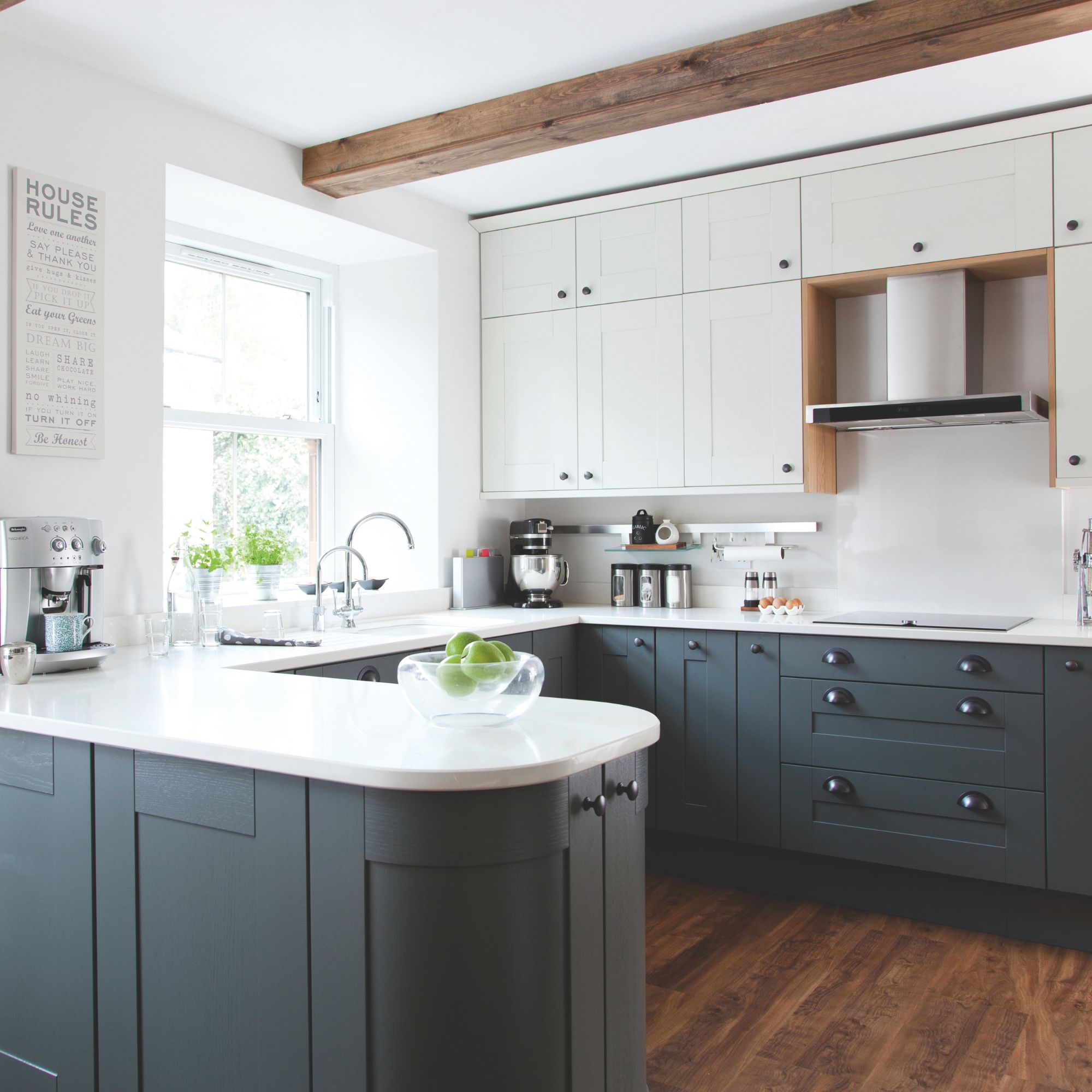Should you use anti condensation or anti mould paint? The best option depends on the issue you're trying to solve, according to the pros
Experts explain the difference between anti condensation and anti mould paint - plus which you should be using and when


If you've been wondering whether you should use anti condensation or anti mould paint, you're not the only one. It's not instantly obvious what the difference is, or which to opt for and when.
As the names suggest, anti condensation and anti mould paint are designed to combat condensation and mould respectively. So, they differ from regular paint in that they have specific protective ingredients that can help stop dampness coming through walls.
Which you should use depends on how far the problem has got; and whether you are looking for prevention or a cure to help get rid of mould on walls. We've asked the experts to share all the need-to-know information on this topic, and to get further clarification on which type of paint to use and when.
Should you use anti condensation or anti mould paint?

Whether you should use anti condensation or anti mould paint, comes down to what you are trying to achieve, as they ultimately perform different purposes.
'Anti condensation paint is designed to combat condensation, by having a thermal barrier which helps to reduce the temperature difference between the air and the wall,' Gary Jarman, Decorating and Building Expert at Building Shop explains. 'Anti mould paint on the other hand is actually designed to prevent the growth of mould, containing fungicides that kill any potential mould spores.'
Given that condensation forms when warm air comes meets a cold wall, anti condensation paint effectively provides a layer of insulation. By keeping the wall at a warmer temperature, it helps with stopping condensation on walls and ceilings.
Anti mould paint works very differently. 'This type of paint contains an active biocide within it which kills off mould on contact, which is why you can't paint over it,' Jimmy Englezos, Senior Brand Manager from Ronseal explains. 'It resists moisture and steam, and stops common mould growing on your walls and ceilings for up to six years.'
Sign up to our newsletter for style inspiration, real homes, project and garden advice and shopping know-how

Which gets rid of damp - anti condensation or anti mould paint?
Getting rid of damp usually requires a combination of methods beyond paint, but both anti mould and anti condensation paint can be helpful in stopping damp from coming back.
Note that anti mould paint cannot be painted over, and should only be used as a top coat. Anti condensation paint on the other hand is fine to paint over; it just needs to be on top of the wall. So, where you are up to with painting the walls will also affect which type of paint is best to use.
When should you use anti mould and anti condensation paint
The answer to when you should use anti condensation or anti mould paint comes down to how far your condensation problem has developed. Are you just starting to notice water droplets running down the wall's surface? In this scenario, anti condensation paint is best. But if a wall is already suffering with mould, only anti mould paint will cut it.
'Anti mould paint is best for locations where mould has been prevalent before, and where there is a consistent dampness,' Gary explains. 'This is because it works to actively prevent mould growth with its fungicides.'

Anti condensation paint is ideal for rooms that have a consistently colder temperature than the rest of the house, such as the conservatory or bathroom. Choose this option when there hasn't yet been any mould growth, as a preventative measure.
'Anti condensation paint provides insulations for walls with an innovative glass bead technology,' Jimmy from Ronseal says. 'Because of this design, it won't kill off mould but, instead, it will prevent it from occurring in the first place. For this reason, it can be painted over and still work effectively.'
FAQs
Does anti-mould paint help with damp?
Anti mould paint doesn't solve the root cause of damp. But as it is formulated to target mould, which forms as a result of damp and condensation, it helps with the long-term impact damp can have.
'Anti mould paint doesn't lessen or help any damp problem, instead it focuses on helping to get rid of mould that could possibly be caused by damp conditions,' decorating expert Gary explains. 'Anti mould paint won't address the root cause of damp, but will hold back its effect in terms of mould spreading.'
If you're noticing dampness in your home, the experts recommend using one of the best dehumidifiers to lower the moisture levels in the room. Then, clean away any mould with an anti-mould cleaner, which can be left for 24 hours on the affected area.
'You should then thoroughly rinse the mould patch with clean water and use anti-mould paint as the topcoat – reapplying periodically to keep the mould away,' Jimmy from Ronseal advises.
Which is better, anti-mould or anti-condensation paint?
When it comes to which is better, it's more a case of which is the most suitable in any given circumstance, rather than one type of paint being better than the other.
Anti mould paint works by killing off mould directly, thanks to the active biocide it is equipped with. 'Whereas anti condensation paint works by preventing the cause of mould, which is usually humidity,' Tim Warren, DIY expert from Adkwik explains. 'The chemicals added to anti condensation paint insulate the wall that the paint is applied to and help to reduce the wetness that can be caused by humidity.'
It's always best to tackle the root cause of condensation and mould issues, by reducing the humidity levels in a room. Opening the windows to circulate fresh air, and frequently using a dehumidifier are the best ways to do this. Anti condensation and anti mould paint are helpful to use alongside these preventative measures.

Katie has been writing freelance since early 2022, specialising in all things homes and gardens, following achieving a Masters in Media and Journalism. She started out writing e-commerce content for several of Future’s interior titles, including Real Homes, Gardeningetc, Livingetc, and Homes and Gardens. Since then she’s been a regular contributor on Ideal Home’s digital team, covering news topics, how-to guides, and product reviews.


